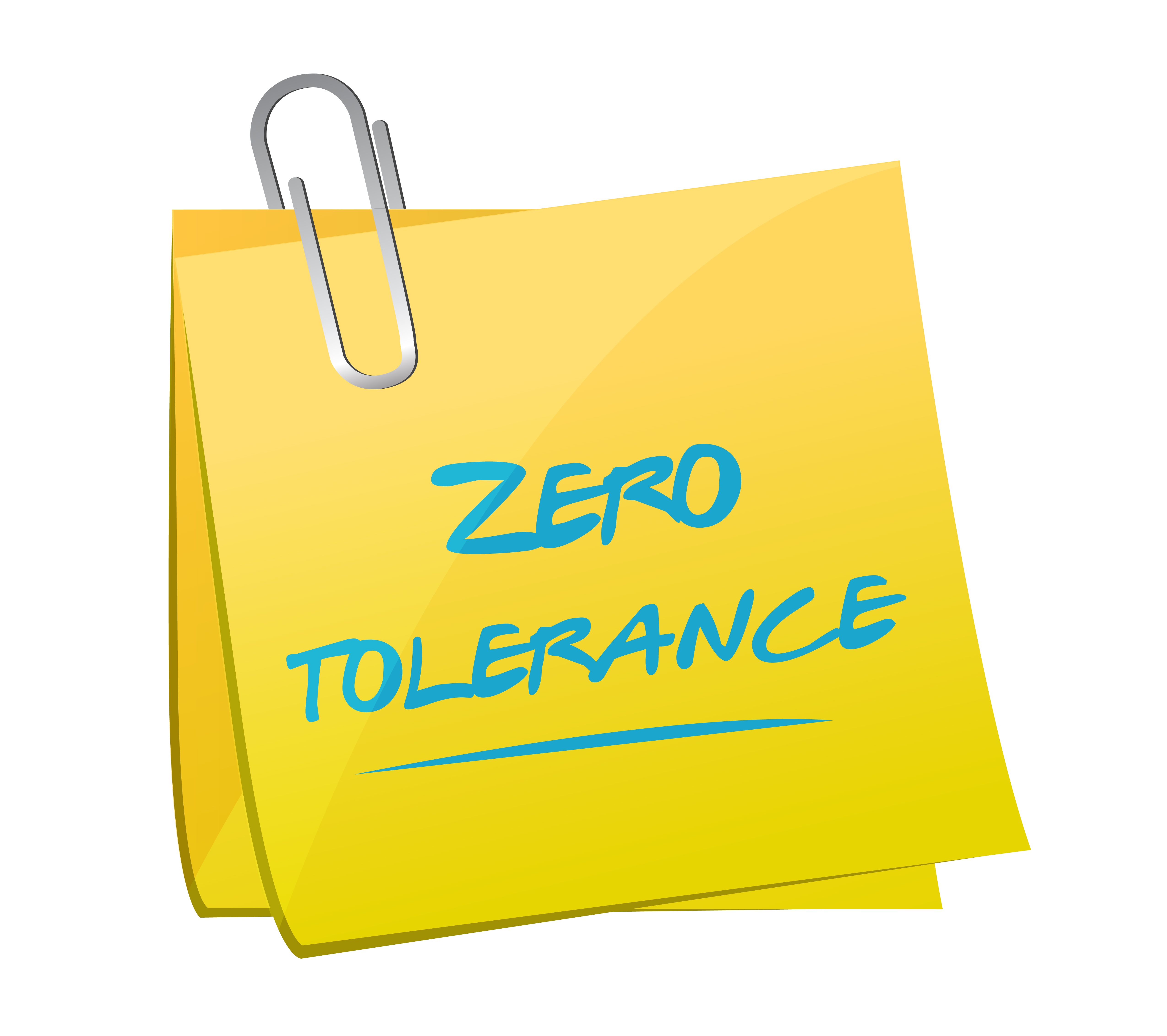The Other Side of Zero Tolerance
A zero tolerance policy on domestic violence at work sounds like an easy solution. Step out of line and that’s it – you will lose your job. It seems a straight path for moving forward; and yet the unwavering complexity in relationships should make us all pause to reflect on the potential downside of one-size fits all solutions. Simple, clean, standardized answers rarely work when it comes to people.
We need to open a space for discussion about zero tolerance and how it might not actually give us what we are really seeking. Progressive organizations are committed to safety in the workplace for all workers, prevention of violence and specifically an end to violence and harassment against women, trans people and others who are particularly vulnerable to such behaviours.

Ultimately, we want to be working much earlier in the situation, when the warning signs first appear. How do we get there? If we are willing to look a little more deeply beyond a strictly punitive response, an alternative path becomes visible.
At a recent conference on workplace domestic violence, an employer of a large organization was speaking about a very difficult case where the victim and offender both worked for the organization. The situation came to the attention of the HR Director and an investigation eventually led to the firing of the offending worker, who was deemed to be at high risk for escalating the violence. Extreme measures had to be taken to protect the worker as her ex-partner was now free to stalk her round the clock. The situation was ongoing at the time of the conference.
A union leader sitting in the audience voiced his frustration at what he expects will be seen as the only ‘right’ solution, namely a zero tolerance approach. “Employers have a greater social responsibility and an opportunity to help him. Automatic firing means he is simply someone else’s problem – most likely the woman he is stalking.”
In fact, in a 2011 Vermont offender study, 66% of the men in the study said that they believe a company policy requiring participation in an offenders program in order to keep their job would be effective.
This is an important idea. Lundy Bancroft, a well-known American who has counselled thousands of men he describes as angry and abusive, says that for most of these guys, the first time they get a ‘no’ to their abusive controlling behaviour is when the police are called. That is a long way down the road of controlling and violent behaviour.
Other studies have shown that simply naming violent behaviour can be a powerful interruption. “Following identification, most men will curb their abusive behaviour. Specifically, about two thirds of households that report a domestic incident to the police do not report a subsequent incident of physical violence (to police or in regular follow-up interviews with victims) over the following 6 to 12 months.”[1] Yet the same study found that 85% of men who had been flagged as high risk were not told that they were considered to be high risk. Many were “shocked” to learn that this is how their behaviour was being viewed.

At the same time, nearly 100% of victims were advised that their partners were considered high risk and provided with safety planning. Once a man is in the justice system, or becomes visible as an abuser in the public eye, he is often marginalized and ostracized from social networks. The same study finds that this actually makes men more dangerous because as social supports are withdrawn, he becomes more and more isolated. Isolation is key factor in perpetuating violence. Service providers in programs that counsel offenders will tell you that most of the men they see are reachable; we just don’t have a system that tries very hard to engage them.
As the union leader at the conference said, “…in my organization, we will treat him the same as we would treat an addict who needs help. At least give him the opportunity to make change before writing him off.”
This is where we see the potential for real change and the important role that a workplace can play. Remaining employed can reduce the risks of domestic violence. If coworkers and managers are trained to recognize the warning signs early and the organization has a culture of open communication whereby abusive or violent behaviour is addressed when it first appears, and the offending actor is pushed to get help…we have no idea yet what the impact could be. But it is easier to imagine a better outcome both for the organization and for a man who gets help and is able to keep his job than it is if he is automatically escorted out the door.
If someone you work with is abusive or controlling, find the courage to overcome your hesitation to act. Check your policy about what to do. If there is no clear path set out, start a conversation with your leaders about the need to be pro-active.
[1] Intervening to Prevent Repeat Offending Among Moderate- to High-Risk Domestic Violence Offenders: A Second-Responder Program for Men. K. Scott et al. 2013. http://ijo.sagepub.com/content/early/2013/12/03/0306624X13513709






